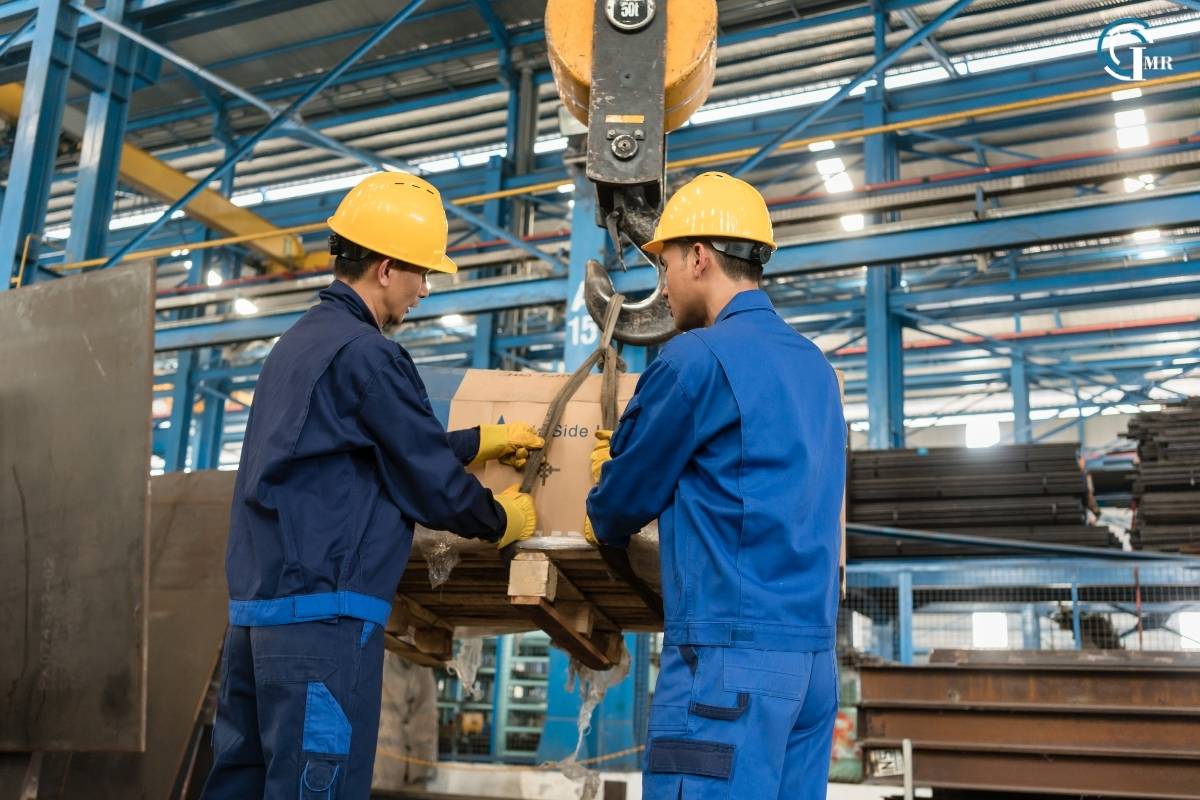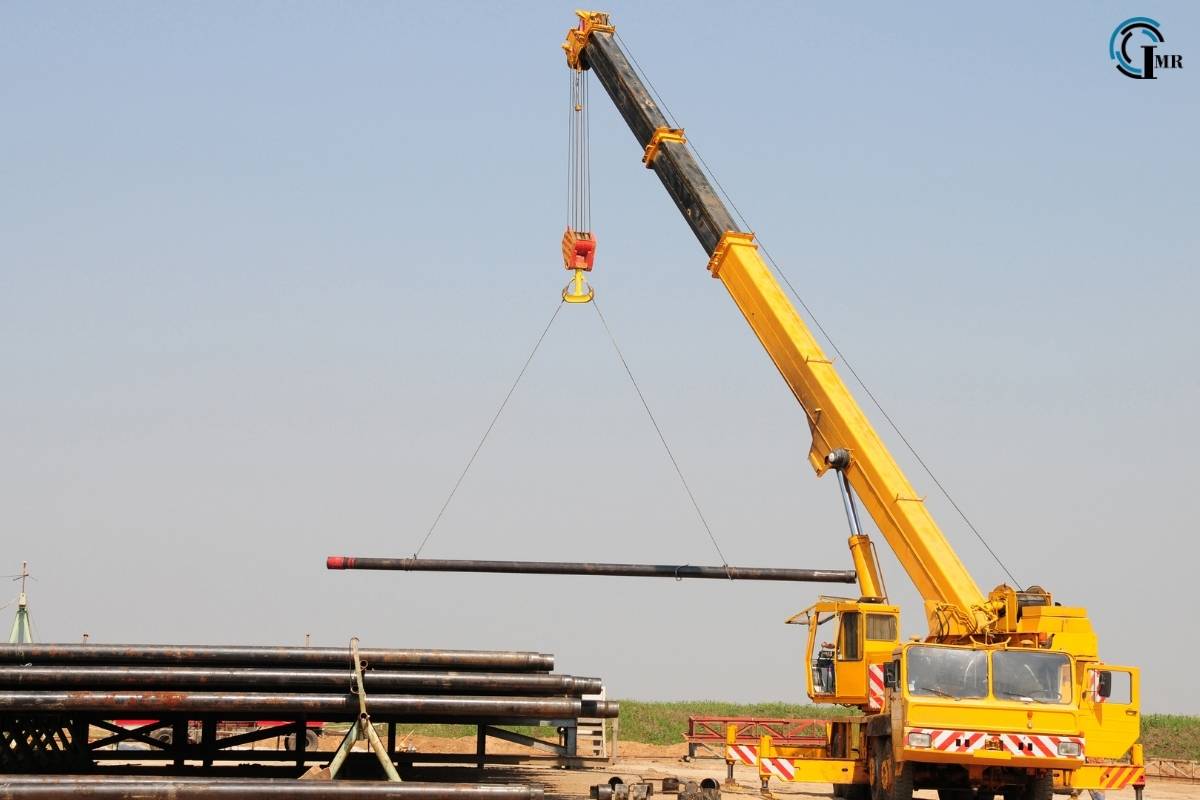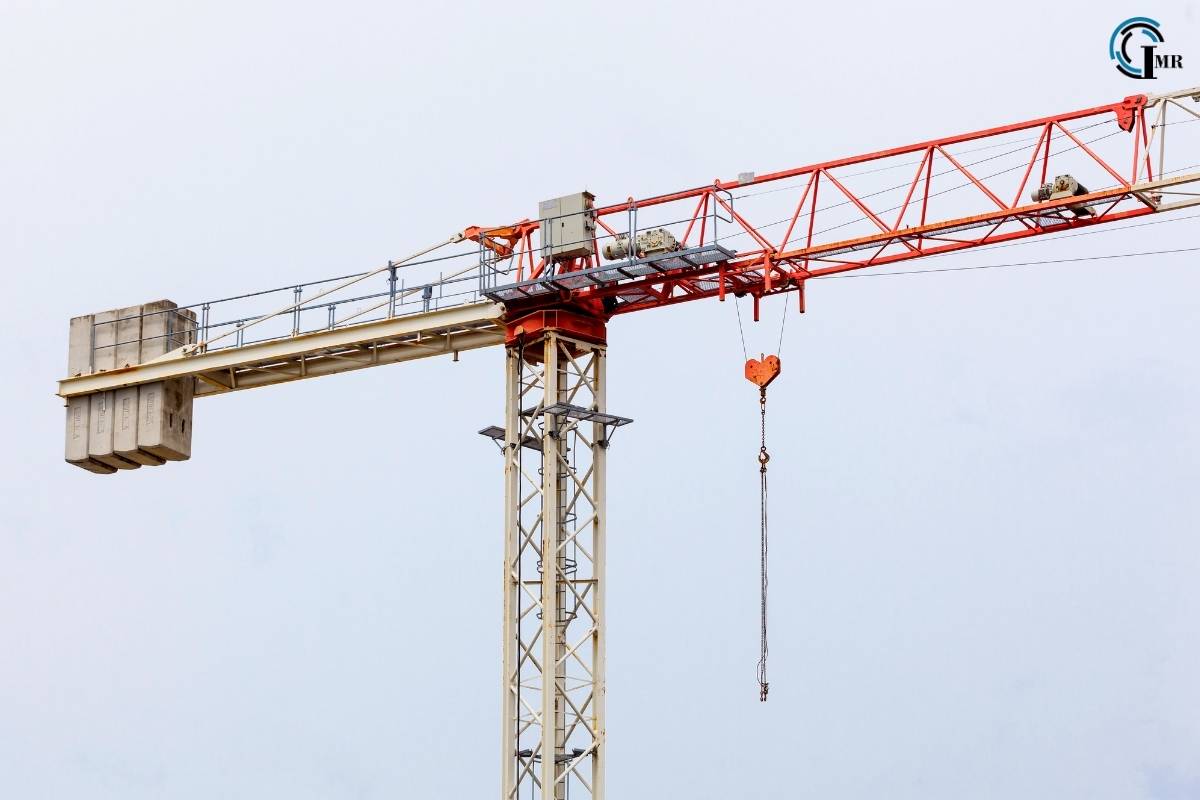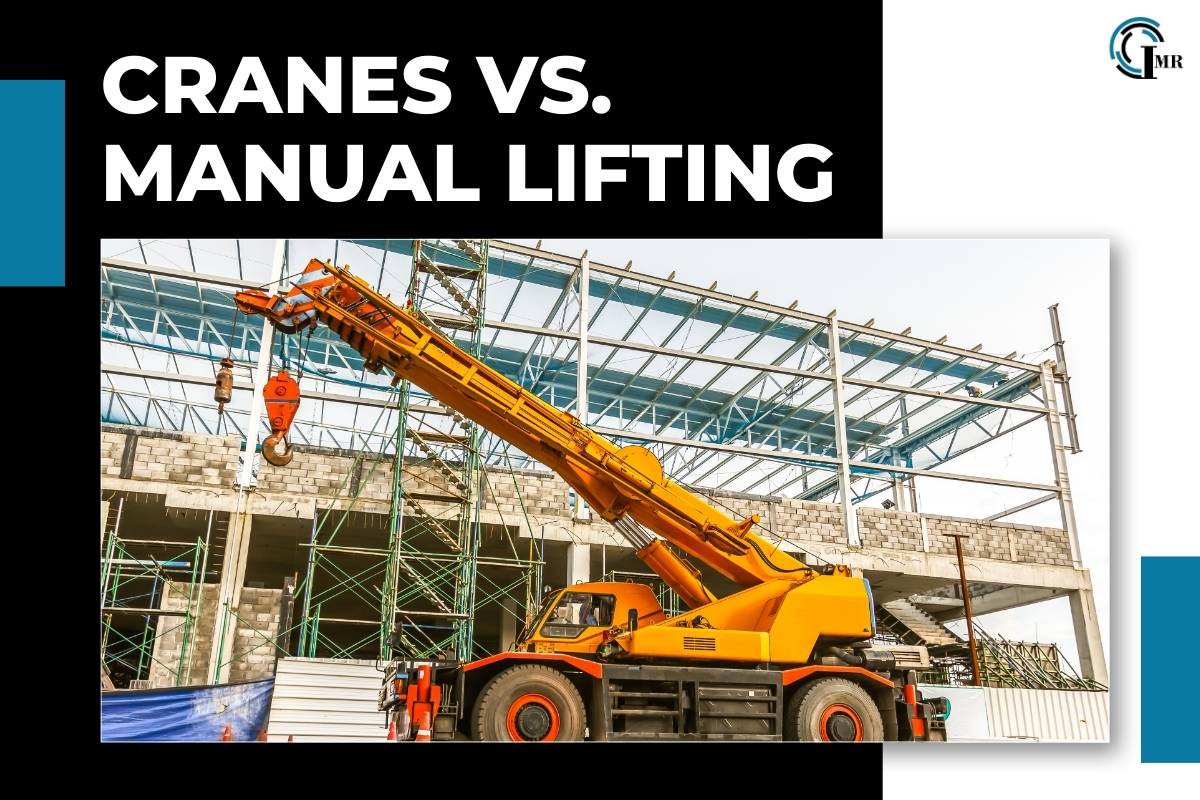Cranes Vs. Manual Lifting: Which Is Right For Your Business?

In the realm of industrial operations and construction, the choice between using cranes and manual lifting methods is pivotal. Both approaches have their unique advantages and challenges, making it essential for businesses to evaluate their specific needs before making a decision. This blog will delve into the comparative analysis of cranes vs. manual lifting, highlighting the benefits and drawbacks of each, and exploring how the Crane and Hoist industry plays a crucial role in modern material handling solutions.
Understanding Cranes
Cranes are powerful machines designed to lift and move heavy loads with precision and ease. They come in various types, including tower cranes, mobile cranes, and overhead cranes, each tailored for specific applications. Here are some key advantages of using cranes:
1. Efficiency and Speed
Cranes are engineered to lift and transport heavy materials quickly and efficiently. They can handle substantial loads that would be impossible or time-consuming with manual labor. This efficiency translates to increased productivity and reduced project timelines.
2. Safety
Safety is paramount in any lifting operation. Cranes are equipped with advanced safety features such as load limit indicators, anti-collision systems, and automatic brakes. These features significantly reduce the risk of accidents, ensuring a safer working environment for employees.
3. Versatility
Cranes are highly versatile and can be used in a wide range of industries, from construction and manufacturing to shipping and logistics. Their ability to lift and move heavy objects horizontally and vertically makes them indispensable in various settings.
4. Precision
Modern cranes are equipped with advanced control systems that allow for precise movements. This precision is crucial in delicate operations where materials need to be placed accurately, such as in the assembly of large structures or the installation of heavy machinery.
Understanding Manual Lifting

Manual lifting, on the other hand, involves human labor to move and lift objects. While it may seem straightforward, manual lifting has its own set of benefits and limitations.
1. Cost-Effectiveness
Manual lifting does not require significant capital investment in machinery. For small businesses or operations with limited budgets, manual lifting can be a cost-effective solution, especially when the volume of heavy lifting tasks is low.
2. Flexibility
Human labor can be more flexible than machines in certain situations. Workers can quickly adapt to changing conditions and handle tasks that may be too complex for a machine. This adaptability can be advantageous in environments where tasks vary frequently.
3. Accessibility
Manual lifting does not require the space and infrastructure needed for cranes. In tight or confined spaces where machinery cannot operate, manual lifting becomes the only viable option. This is particularly relevant in older buildings or crowded job sites.
4. Training and Skill Development
Manual lifting can help develop the physical strength and skills of workers. It fosters teamwork and coordination among employees, which can be beneficial in creating a collaborative work environment.
Cranes vs. Manual Lifting: The Comparison

When deciding between cranes vs. manual lifting, businesses must consider several factors, including the nature of the task, the load size, the working environment, and the available budget. Here’s a comparative analysis:
1. Load Capacity
Cranes can handle significantly larger loads than manual lifting. For tasks involving extremely heavy or bulky items, cranes are the only practical solution. Manual lifting is limited by the physical strength and endurance of workers.
2. Efficiency
Cranes outperform manual lifting in terms of efficiency, especially for repetitive tasks. The automation and power of cranes enable them to complete tasks much faster, reducing overall project timelines.
3. Safety
While cranes come with advanced safety features, manual lifting relies heavily on proper techniques and training to prevent injuries. Improper manual lifting can lead to musculoskeletal disorders and other injuries, making cranes a safer option for heavy lifting tasks.
4. Cost
Initial costs for cranes are high, including purchase, maintenance, and operation. Manual lifting incurs lower initial costs but can lead to higher long-term expenses due to potential injuries, slower productivity, and the need for more labor.
5. Environmental Impact
Environmental impact is a major factor in determining the winner between cranes vs. manual lifting. Cranes can be powered by electricity, diesel, or gasoline, each with its own environmental implications. Manual lifting, being labor-intensive, has a minimal carbon footprint but may require more workers, leading to increased human resources costs.
The Role of the Crane and Hoist Industry

The Crane and Hoist industry has been instrumental in advancing material handling technologies. Innovations in crane design, safety features, and automation have made cranes more efficient, reliable, and accessible to various industries.
1. Technological Advancements
The Crane and Hoist industry has seen significant technological advancements, including the development of smart cranes equipped with IoT sensors, real-time monitoring systems, and automated controls. These innovations enhance efficiency and safety, making cranes an even more attractive option for businesses.
2. Customization
Modern cranes can be customized to meet specific industry needs. From specialized attachments to tailored load capacities, the Crane and Hoist industry provides solutions that cater to unique operational requirements.
3. Sustainability
Sustainability is becoming a crucial consideration in the Crane and Hoist industry. Manufacturers are developing eco-friendly cranes with reduced emissions and energy-efficient designs, aligning with global efforts to reduce environmental impact.
4. Training and Support
The Crane and Hoist industry offers extensive training programs and support services to ensure safe and efficient crane operation. These programs are essential in minimizing accidents and maximizing the benefits of crane use.
Conclusion
Choosing between cranes vs. manual lifting depends on various factors, including the specific needs of the business, the nature of the tasks, and the available resources. Cranes offer unparalleled efficiency, safety, and versatility, making them ideal for large-scale operations and heavy-lifting tasks. Manual lifting, while cost-effective and flexible, is limited by the physical capabilities of workers and carries a higher risk of injury.
The Crane and Hoist industry continues to play a pivotal role in shaping material handling solutions, providing businesses with advanced, customizable, and sustainable options. As technology evolves, the choice between cranes and manual lifting will become increasingly clear, with cranes likely to dominate in scenarios where efficiency, safety, and precision are paramount.
Ultimately, businesses must carefully assess their lifting needs and consider both short-term and long-term implications before making a decision. Whether opting for the power of cranes or the adaptability of manual lifting, the goal remains the same: to enhance productivity, ensure safety, and achieve operational excellence.





Comments